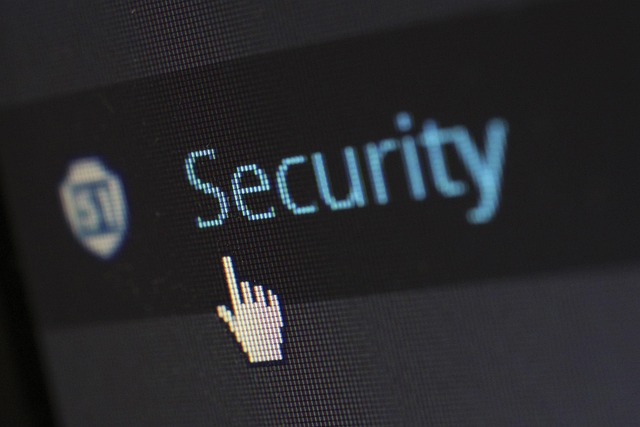
Securing Your Hardware: IT Strategies for Information Security Management
In our increasingly digital world, the importance of a robust Information Security Management System cannot be overstated. As IT professionals, we are continuously challenged to safeguard our valuable hardware and sensitive data against an array of evolving cyber threats. This calls for implementing effective strategies that not only enhance our systems’ security but also build a culture of security awareness among all stakeholders.
First and foremost, securing hardware starts with understanding the vulnerabilities that come with them. Servers, workstations, and even IoT devices can be entry points for cybercriminals. Therefore, a comprehensive assessment of hardware vulnerabilities should be the foundation of your information security management system. Utilize network segmentation to limit access to sensitive hardware and deploy firewalls that will act as the frontline defense against unauthorized access.
Next, regular software updates and patches are crucial. Outdated systems are often the target of attacks exploiting known vulnerabilities. Automating software management processes can ensure that all hardware is consistently updated, reducing the risk of potential breaches. Alongside this, anti-virus and anti-malware solutions must be regularly assessed and updated to counteract new threats as they emerge.
Moreover, physical security often gets overshadowed by digital protections. To fully protect your hardware, it is essential to consider biometric access controls, surveillance systems, and secure storage solutions. Limiting physical access to servers and critical infrastructure can significantly mitigate risks. It is vital that IT staff undergo regular training on how to maintain both digital and physical security measures effectively.
In addition, creating an incident response plan is paramount for any information security management system. This plan should outline the steps to be taken in the event of a security breach, including roles and responsibilities, communication protocols, and recovery strategies. Regularly testing this plan through simulated attacks can help identify weaknesses and enhance responsiveness to real incidents.
In the realm of informational technology, the integration of monitoring tools is essential for ongoing security vigilance. Continuous monitoring solutions can detect irregular activities or breaches in real-time, allowing organizations to act swiftly. Furthermore, logging access to sensitive hardware should be a standard practice. This not only aids in accountability but provides essential information to respond to any breaches effectively.
Finally, fostering a culture of security awareness among all employees is crucial. Regular training sessions that educate staff about the importance of security practices can make a significant difference in the overall effectiveness of your information security management system. Employees should be encouraged to report suspicious activities or potential vulnerabilities they may encounter.
In conclusion, in the world of IT, securing your hardware is not just about technology; it’s about creating an environment where security is everyone’s responsibility. By implementing these strategic layers of protection, we not only protect our hardware but also empower ourselves and our organizations against the inevitable threats posed by the digital age.



